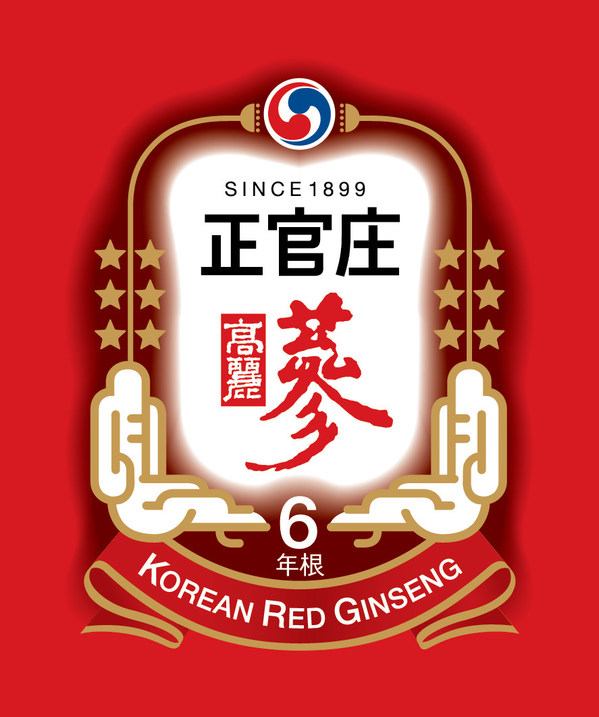 |
SEOUL, South Korea, Sept. 9, 2021 /PRNewswire/ -- KGC, owning a Korean premium red ginseng brand CheongKwanJang, celebrated the 122nd anniversary of its industry entry.
The world's best Korean ginseng becomes a luxury red ginseng, Birth of 'CheongKwanJang'
The government-run management system of ginseng and red ginseng in Korea began in 1899, the 36th year of King Gojong of the Korean Empire. Samjeonggwa was established in the royal family, and the state began to manage the production and manufacture of ginseng and red ginseng through a monopoly system.
In the late 1950s, when red ginseng exports increased in earnest, the name 'Cheong-Kwan-Jang' was first used to distinguish it from counterfeit products that stole the reputation of Korean ginseng abroad. It is written as 'Cheong-Kwan-Jang' by adding 'Cheong' to 'Kwan-Jang' and 'Cheong', which means an official product. .
Since then, CheongKwanJang has become a popular Hallyu food (K-food) that has been exported to more than 40 countries around the world following the tradition of Korean ginseng. Recently, it has been loved as a "representative brand in Korea" by winning various awards such as the First Brand Award and the Trusted Company Award from various domestic and foreign organizations and media.
In particular, in China, in March 2020, the 'CheongKwanJang' brand was officially recognized as a 'well-known trademark'. In China, a "well-known trademark" refers to a trademark specially recognized by the Chinese government that the brand is widely known to the public and has a high reputation and credibility.
As such, CheongKwanJang, which has established itself as a representative red ginseng brand in Korea today, has maintained a strong position, occupying about 70% of the Korean red ginseng market. 'CheongKwanJang,' which has preserved the tradition of Korean ginseng in its 120-year history, is gaining the trust of consumers through thorough quality control in all stages of raw materials, production, distribution and sales.
The best ginseng, the excellence of Korean ginseng recognized by the world
'Goryeo ginseng', which refers to ginseng grown in Korea, is a medicinal plant belonging to the Araliaceae family. In English, it is 'ginseng', and its scientific name is 'Panax ginseng'. 'Panax' is a Greek word, Pan is a compound word of 'everything' and Axos is a compound word of 'treatment, medicine'. Usually, it takes 6 years to become full and mature. In addition, Korean ginseng is the only plant of the genus Panax in the world that has the shape of a human body.
Ginseng is a semi-shade plant and grows in a cool place. They don't like high temperatures, so it's important to provide good sun protection in the summer. Likes moderate moisture, but dislikes excessive moisture. In order to match the demanding nature of ginseng, farmers have to work diligently. Therefore, it is said that ginseng grows by listening to the sound of wind, water, and human footsteps.
The main active ingredient of ginseng is a complex carbohydrate called saponin or ginsenoside. Even in plants of the same species, the pattern of saponin content varies depending on the cultivation environment. The total number of saponin compounds contained in Korean ginseng is 37, which is much higher than the 14 species of Hwagi ginseng in North America and 15 species of Chinese ginseng. In particular, ginsenosides Ra, Rf, Rg3, and Rh2 are unique to Korean ginseng.
The wisdom of our ancestors to improve the storage of ginseng, the origin of red ginseng
Originally, ginseng was freshly canned from the field and fresh ginseng, that is, fresh ginseng, was used for medicinal purposes. However, since fresh ginseng usually contains about 75% moisture, it is difficult to store it for a long time as it is mined, and it is especially difficult to maintain the value of the product because it is prone to corruption or damage during the distribution process.
Therefore, the method devised by our ancestors for long-term storage is drying. The dried ginseng is called white ginseng (dried ginseng), and the dried ginseng by steaming it without peeling it is called red ginseng. However, long-term storage of white ginseng for more than one year is difficult, so a method for producing red ginseng is absolutely necessary.
At that time, it was not easy to distribute fresh ginseng because refrigeration technology was not developed, so red ginseng was the processed fresh ginseng product that came out after devising a way to dry it without compromising the medicinal effect of fresh ginseng. The red ginseng produced in this way has a strong fragrance, a longer shelf life, and a longer efficacy.
Red ginseng is a representative health functional food that has been loved in Korea for a long time. Red ginseng, which is produced by steaming and drying 6-year-old ginseng with steam, harmonizes with the saponins, red ginseng polysaccharides, amino sugars, and minerals produced in the process to reduce the concentration of fatigue substances and promote energy-generating hormones. It also boosts macrophage activity.
In particular, red ginseng has been officially recognized by the Ministry of Food and Drug Safety, a national agency that manages the safety of medicines and food in Korea. Red ginseng is the best-selling health food in Korea. In particular, in Korea, the number of consumers looking for red ginseng is increasing significantly.